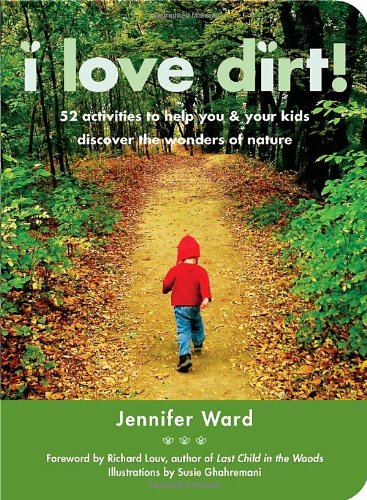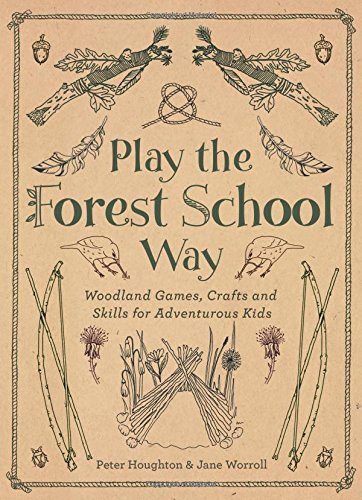Anyone who grew up in the 1950s will remember these summertime activities. There were no excursions to theme parks or money spent on activities. We kept ourselves occupied by playing in the yard or neighborhood.
- Catching lightning bugs – maybe you call them fireflies. Once it was dusk, you ran about the yard capturing these with your hands. Putting the captives in a jar turned it into your very own blinking lantern. I think we poked holes in the jar lid for them to breathe.

- Playing outdoor games – There were all sorts of games you could play with your siblings like “Mother May I?” or “Simon Says” or games that involved running like Tag or Hide-And-Seek. After we wore ourselves out with these games, we would relax in the shade for a while.
- Playing with the hose – If you had a lawn sprinkler, it was fun to run through on a hot summer day. It wasn’t necessary though, you could just put your finger over the end of the garden hose and spray the other kids. You didn’t have to go anywhere and you didn’t even need a swimsuit.

- Stretching out on the grass and watching the clouds – We looked for special shapes in the cloud formations and tried to imagine they were animals or people’s faces. Kansas has marvelous skyscapes with thunderheads that shifted and reformed as we watched.

Cloud photo by Virginia Allain
- Pretending – After watching National Velvet on television, we spent hours pretending to ride our imaginary horses over jumps that we placed around the yard. Other times, we created a playhouse by stamping down the weeds in an overgrown area to form rooms. Of course, we could always resort to making mud pies and decorate them with the pokeberries that grew wild. The big leaves made great plates for our concoctions. (Don’t worry, we knew not to eat those.)
![poke2[1]](https://martinmcghee.files.wordpress.com/2020/07/poke21.jpg?w=676)































